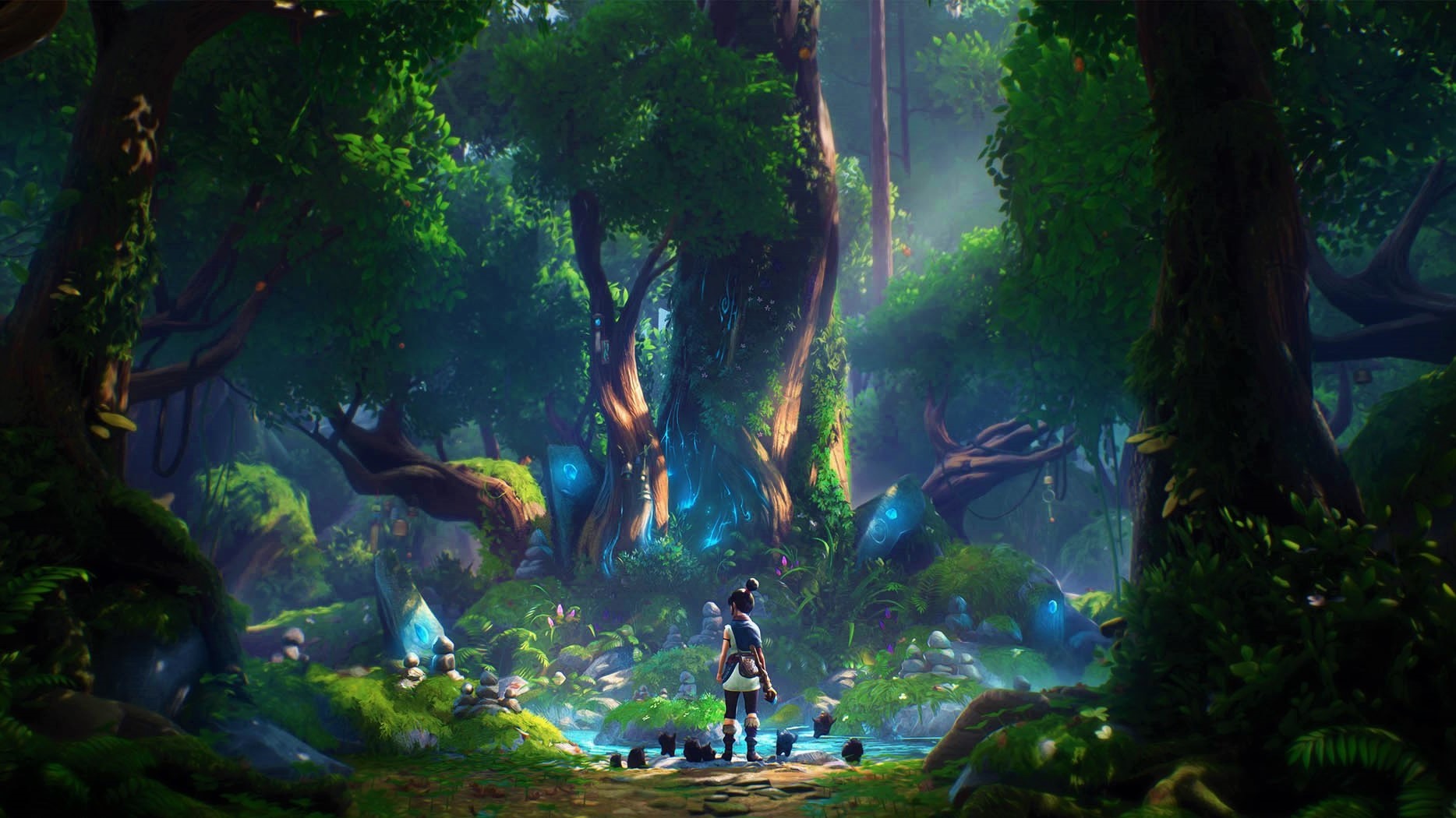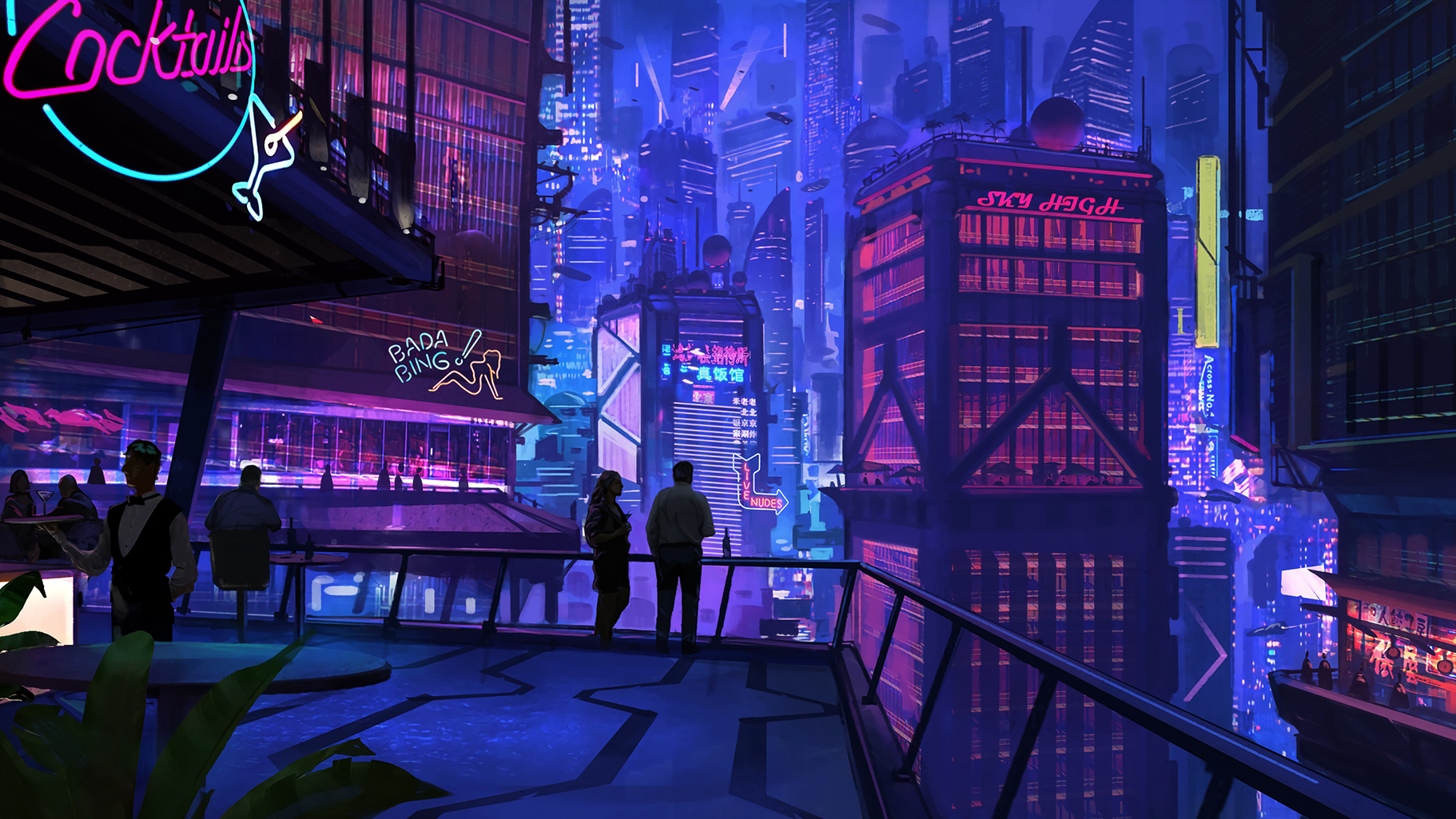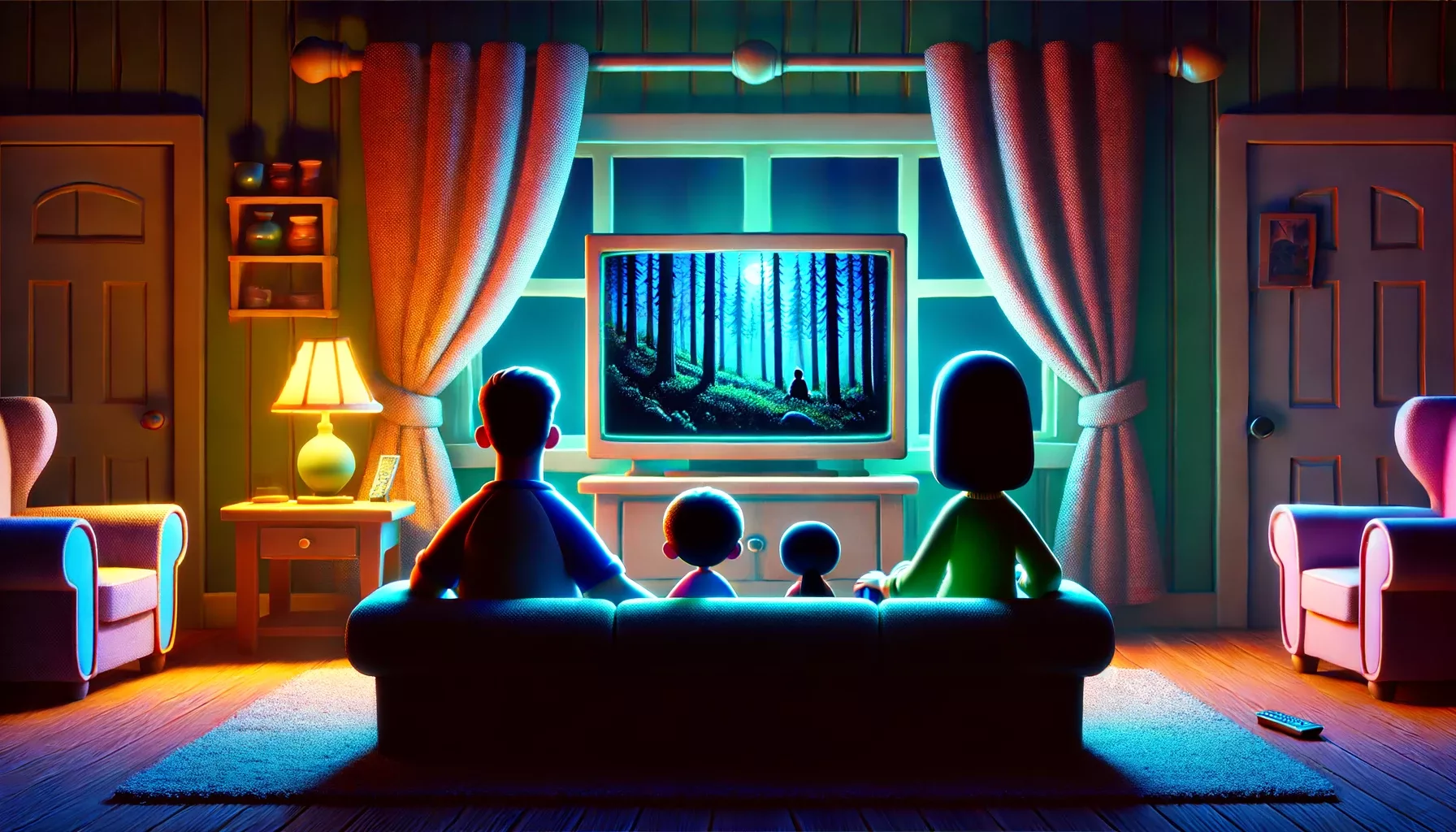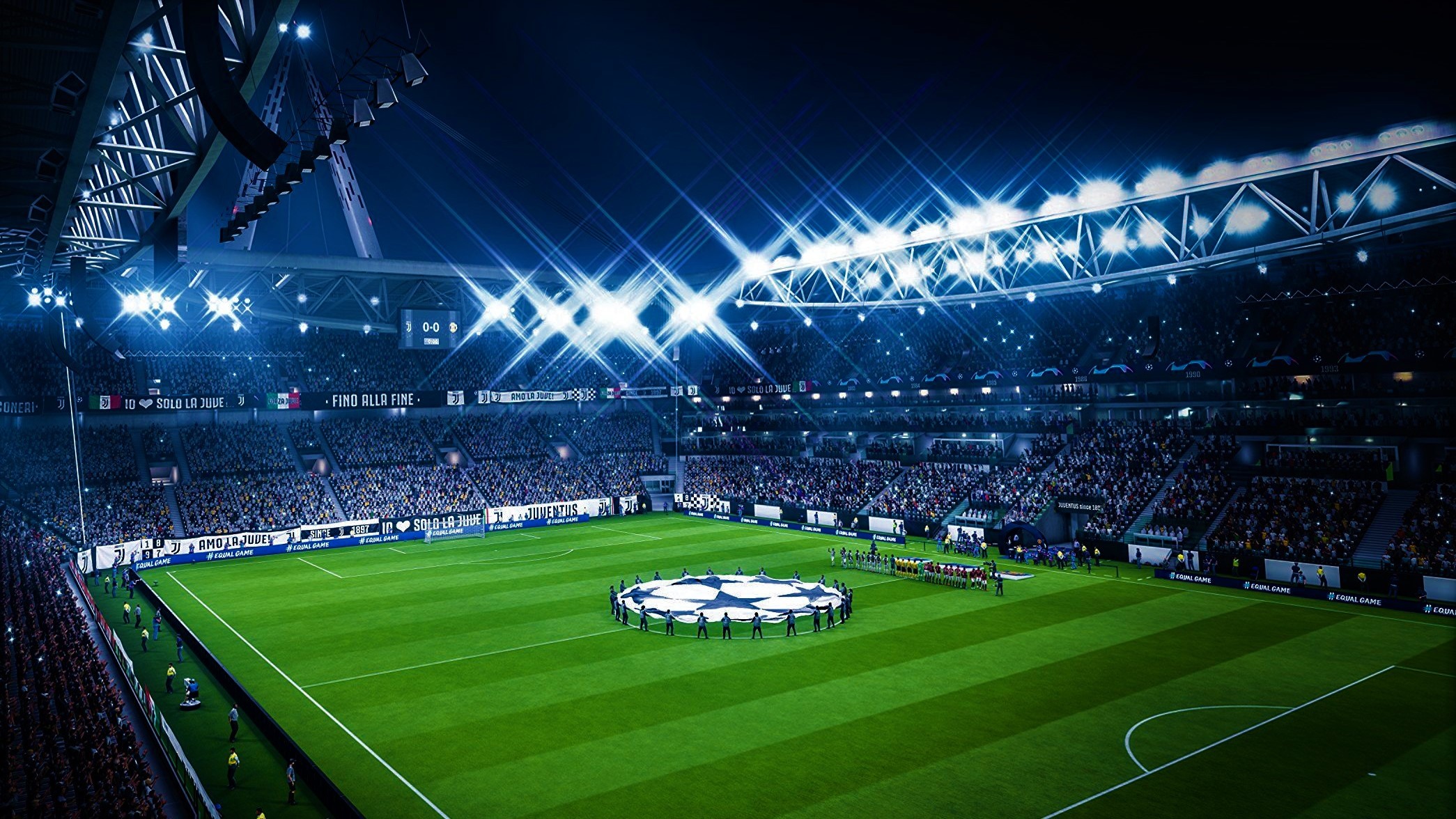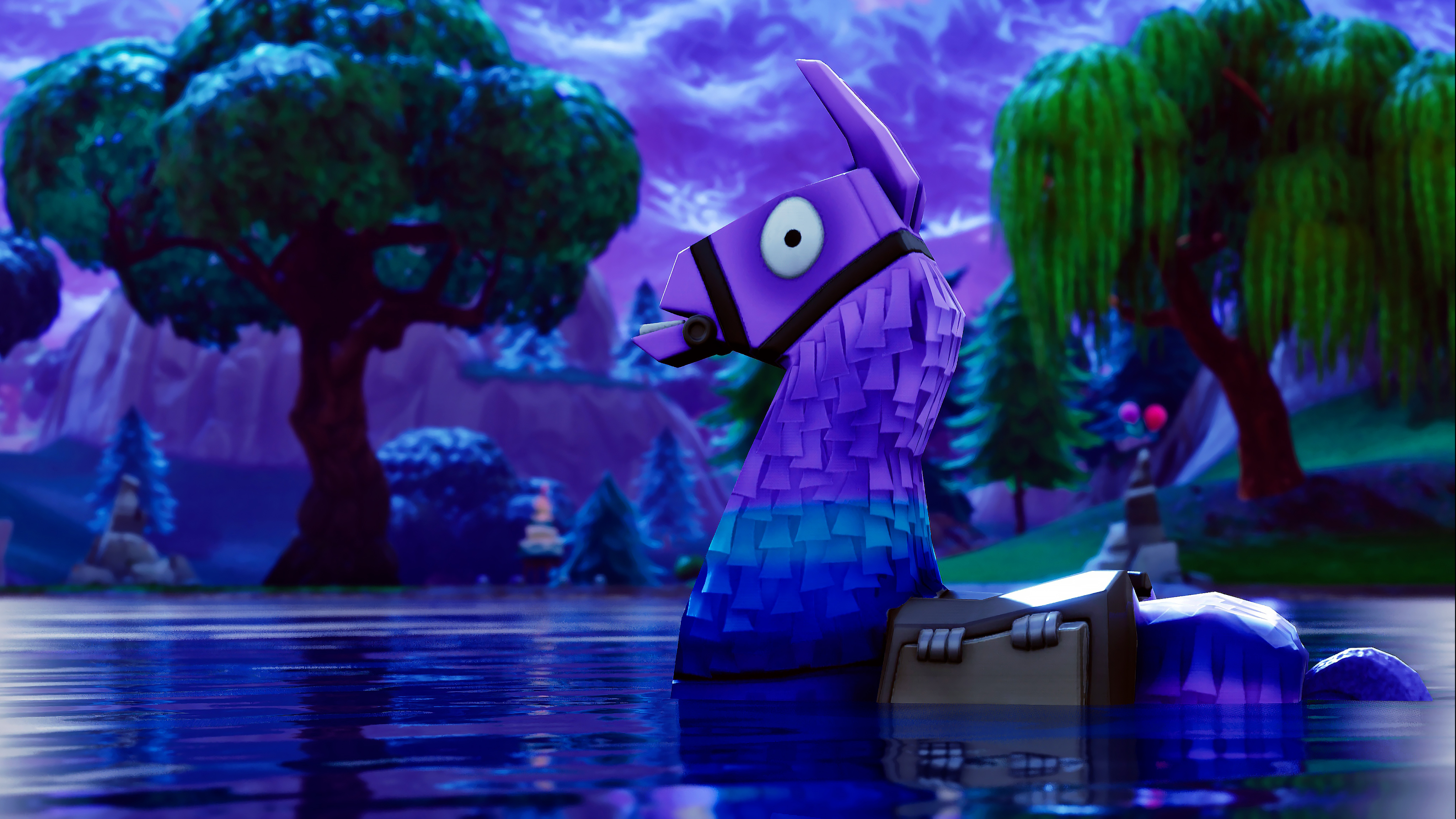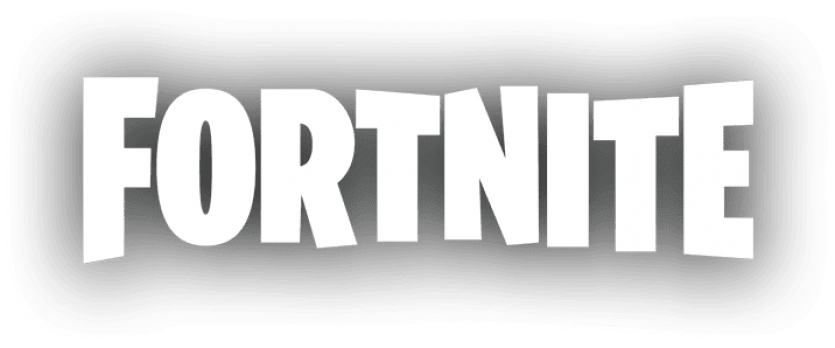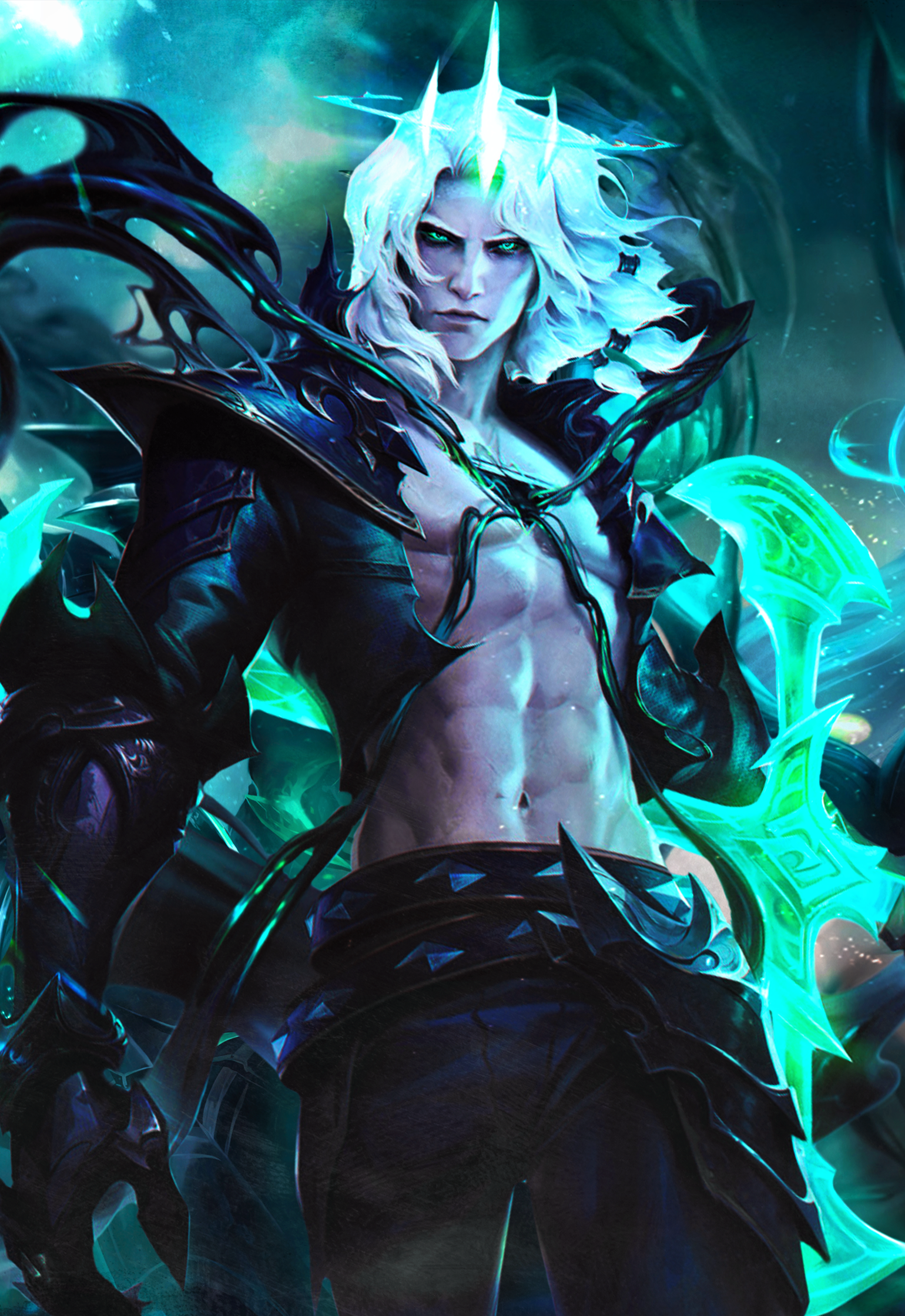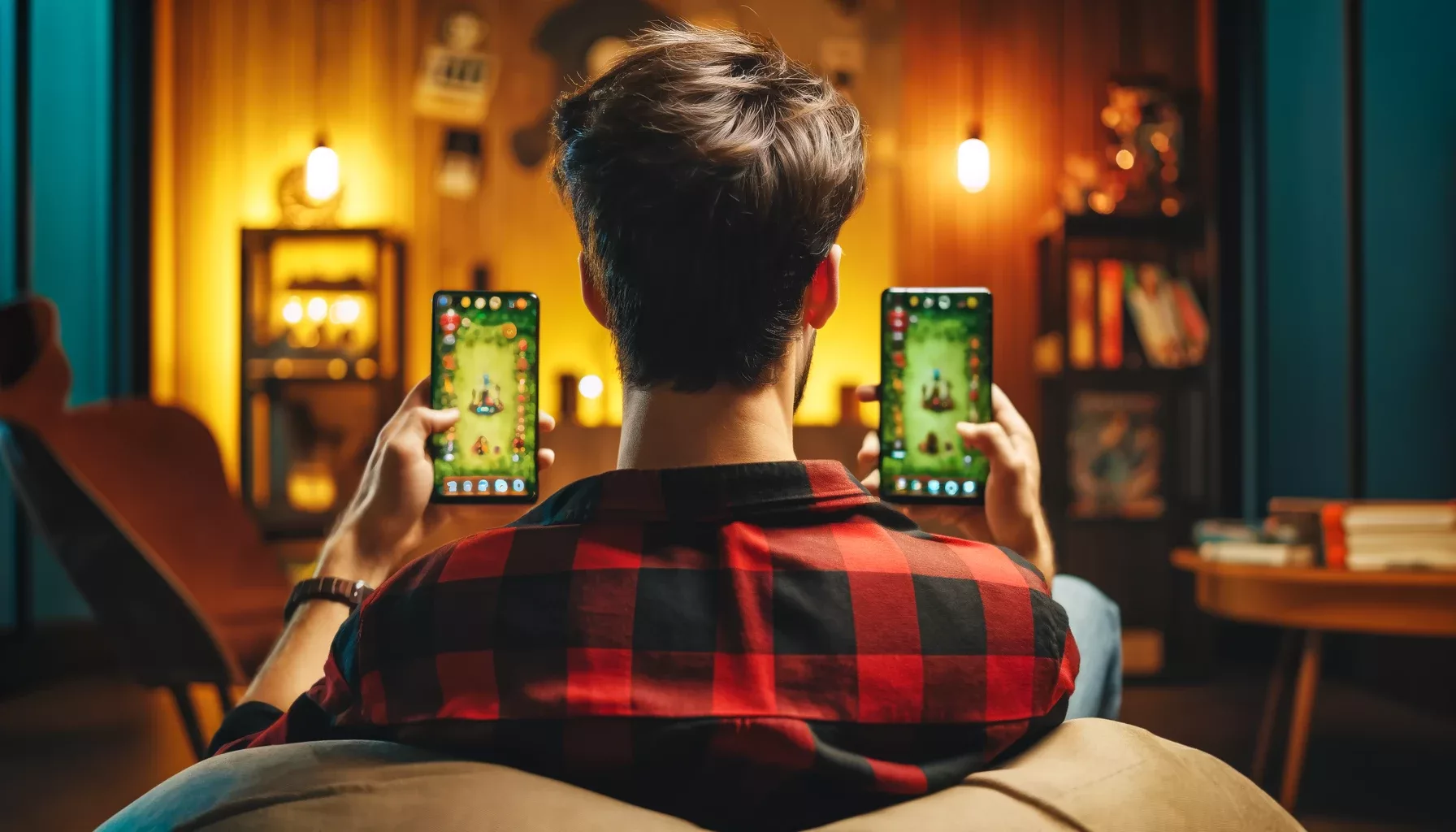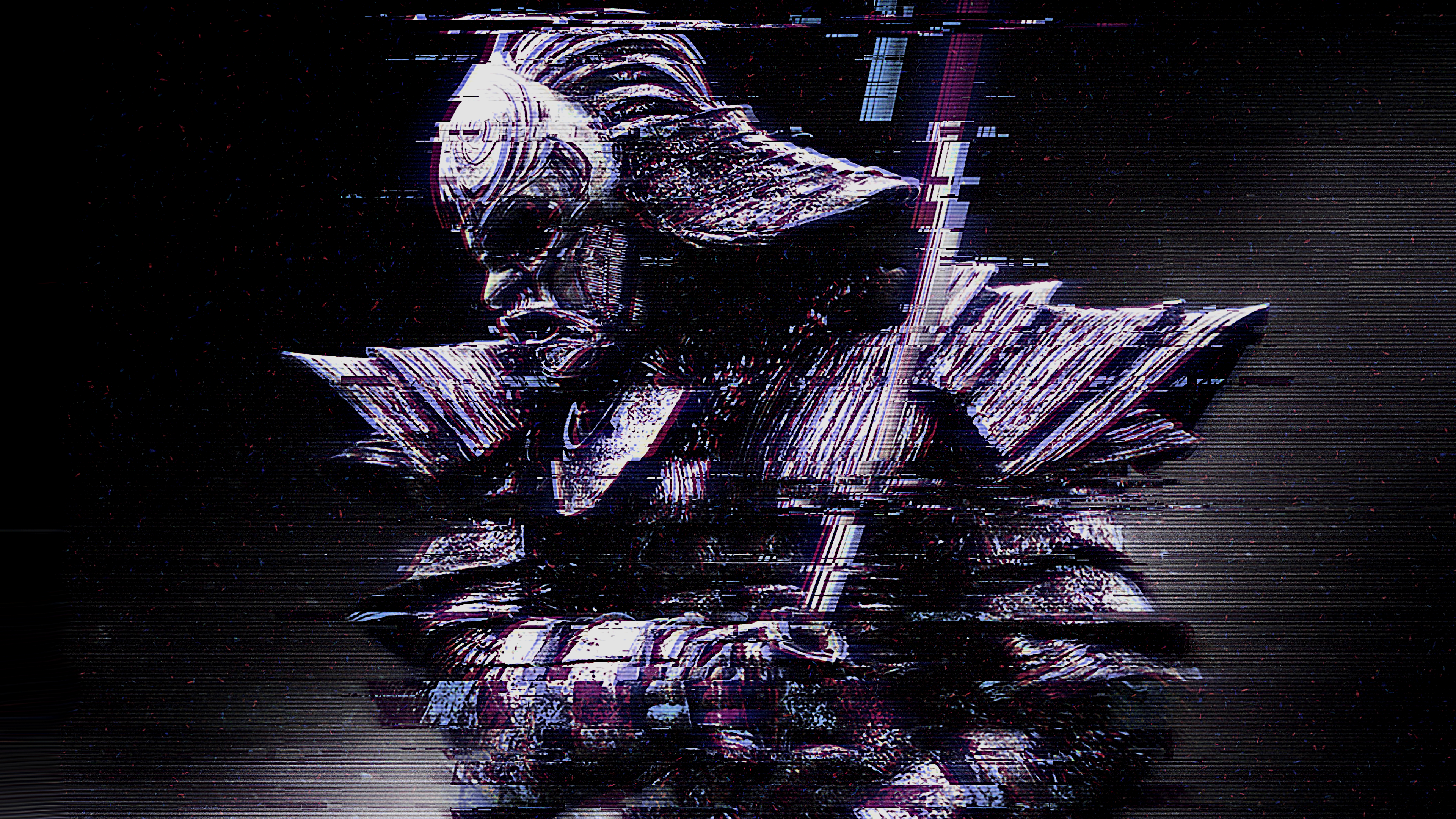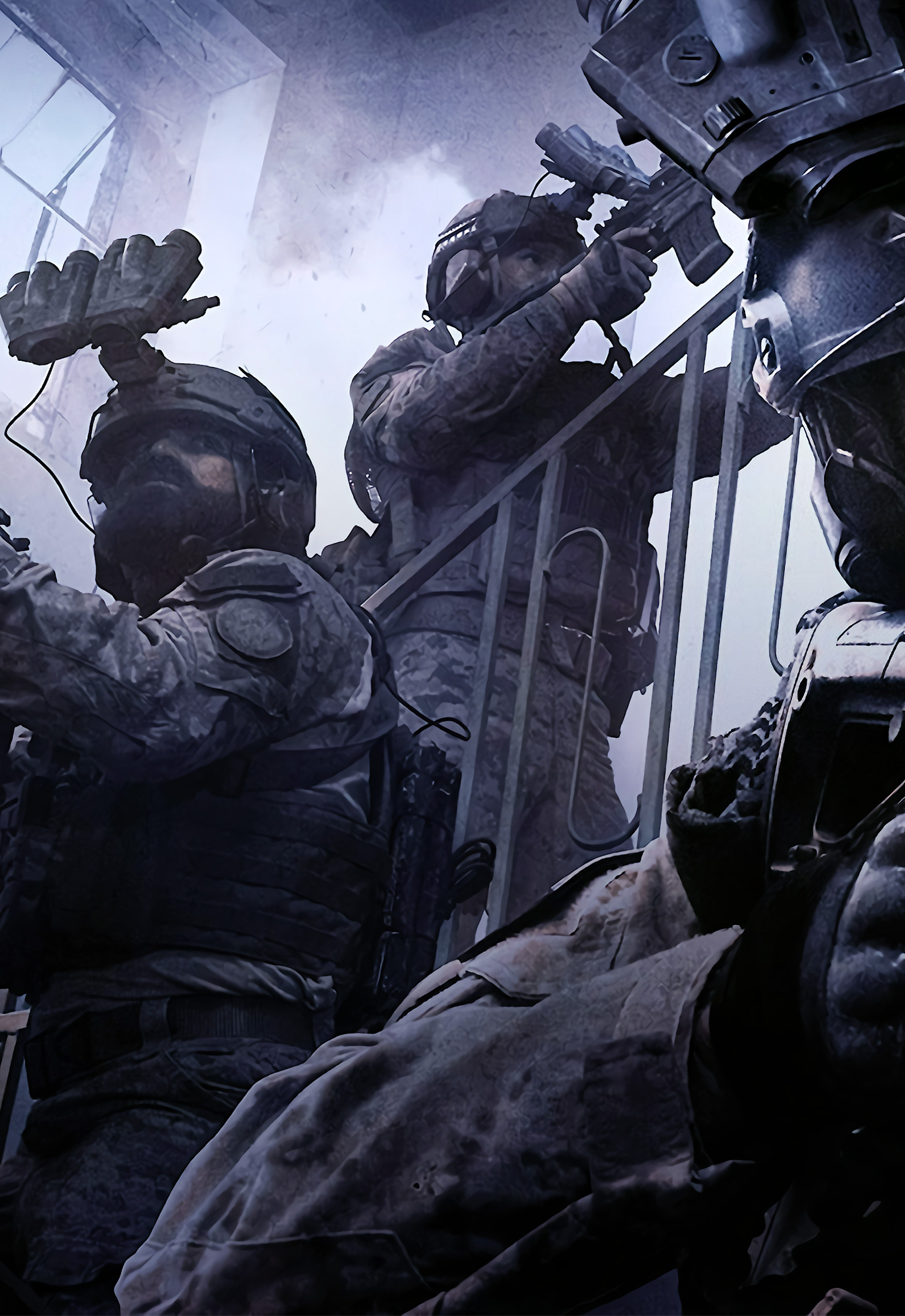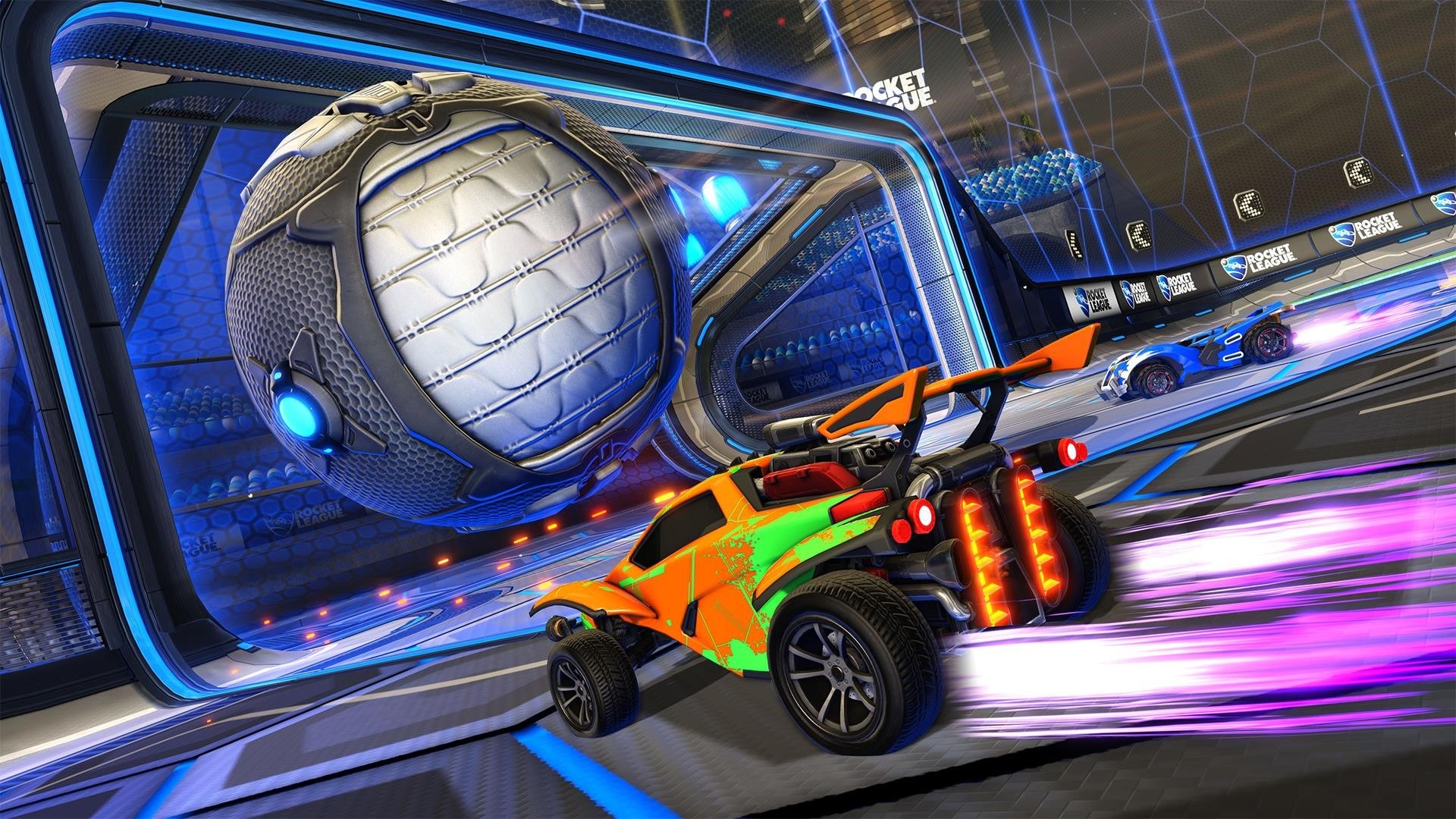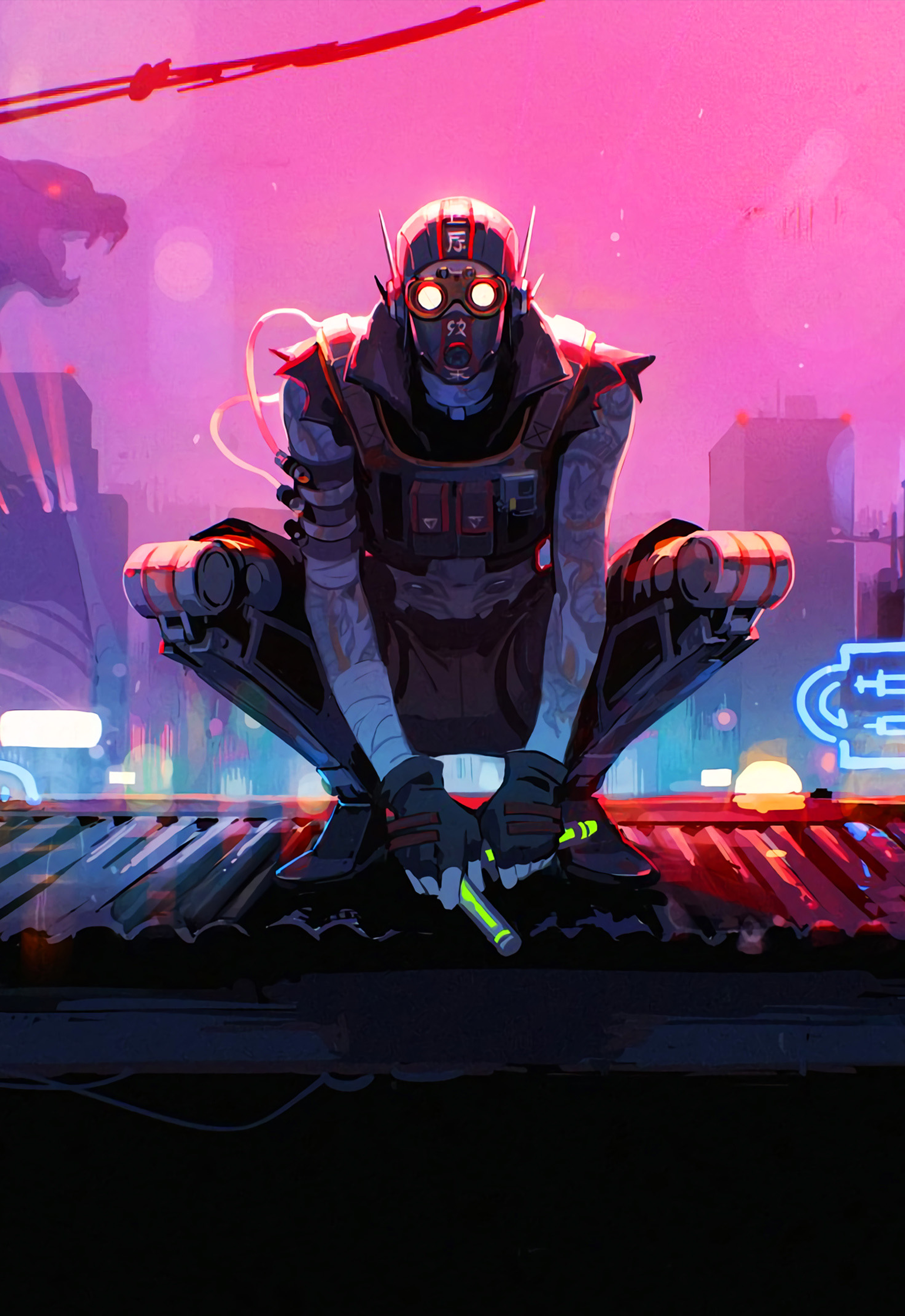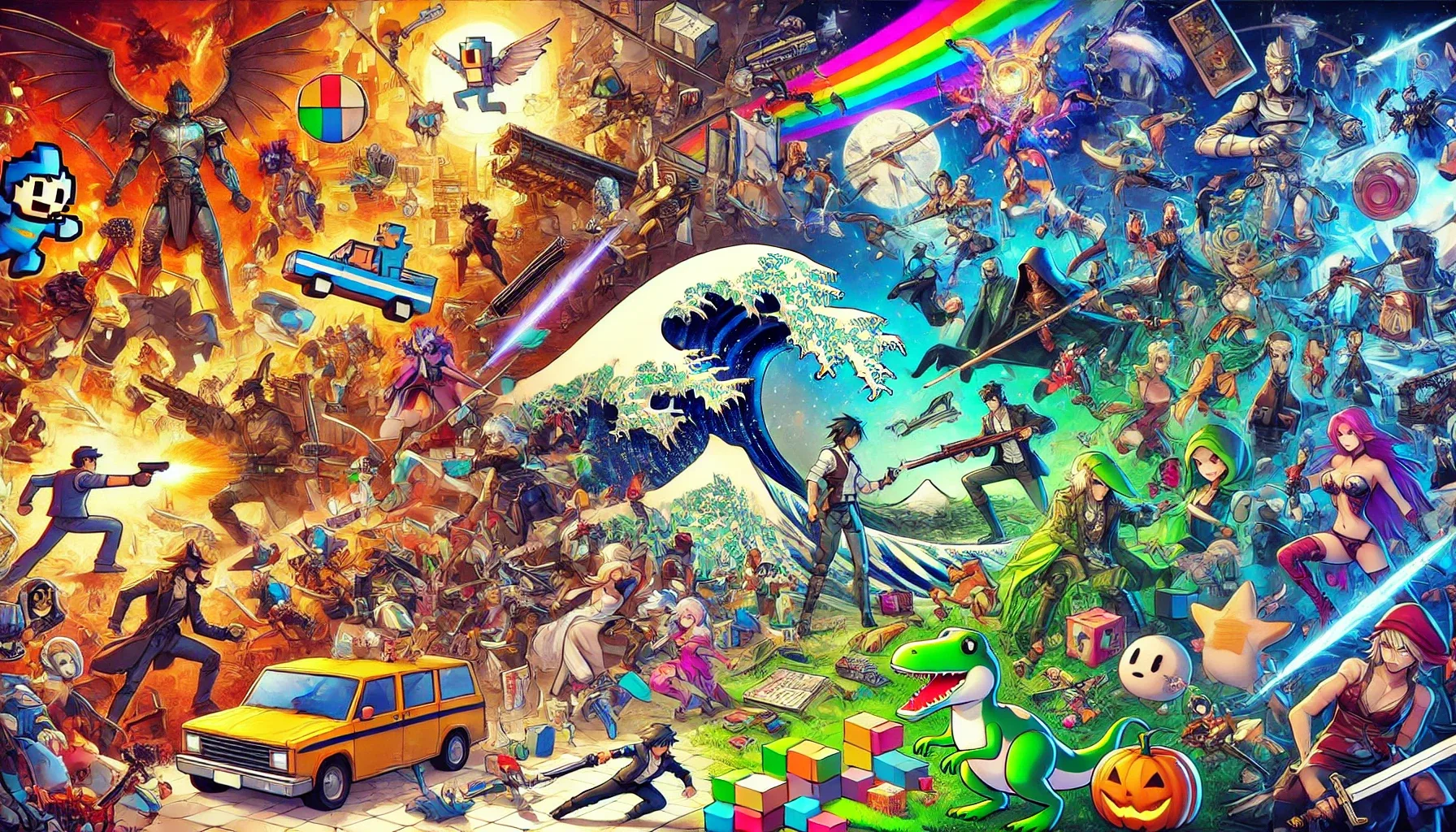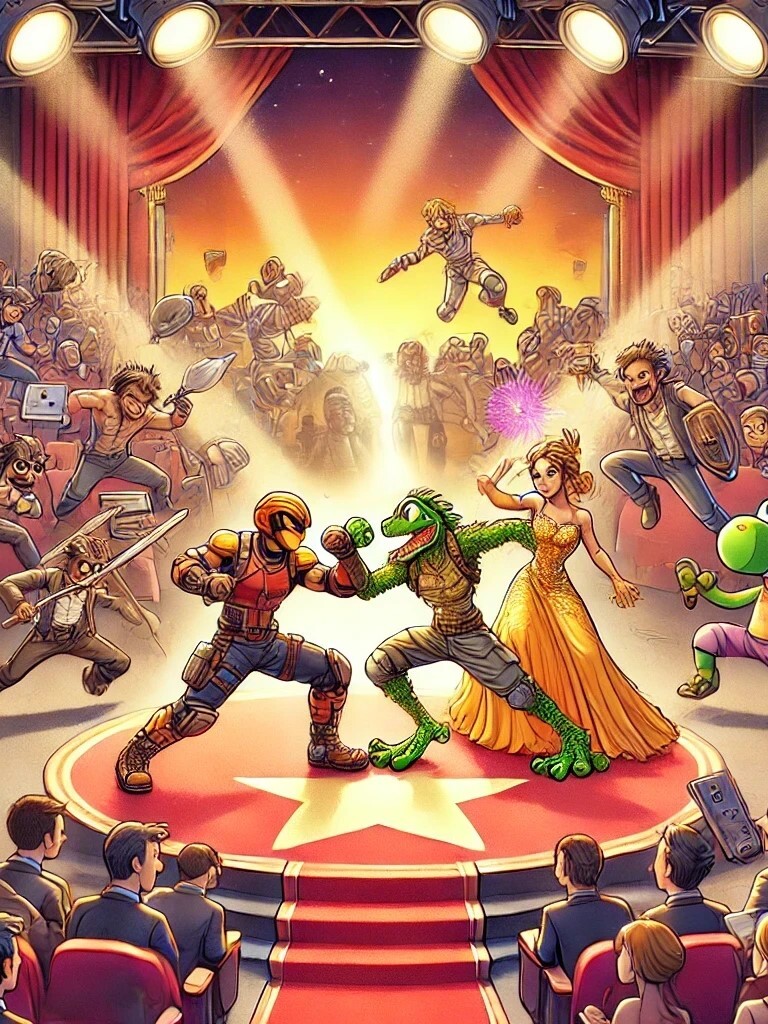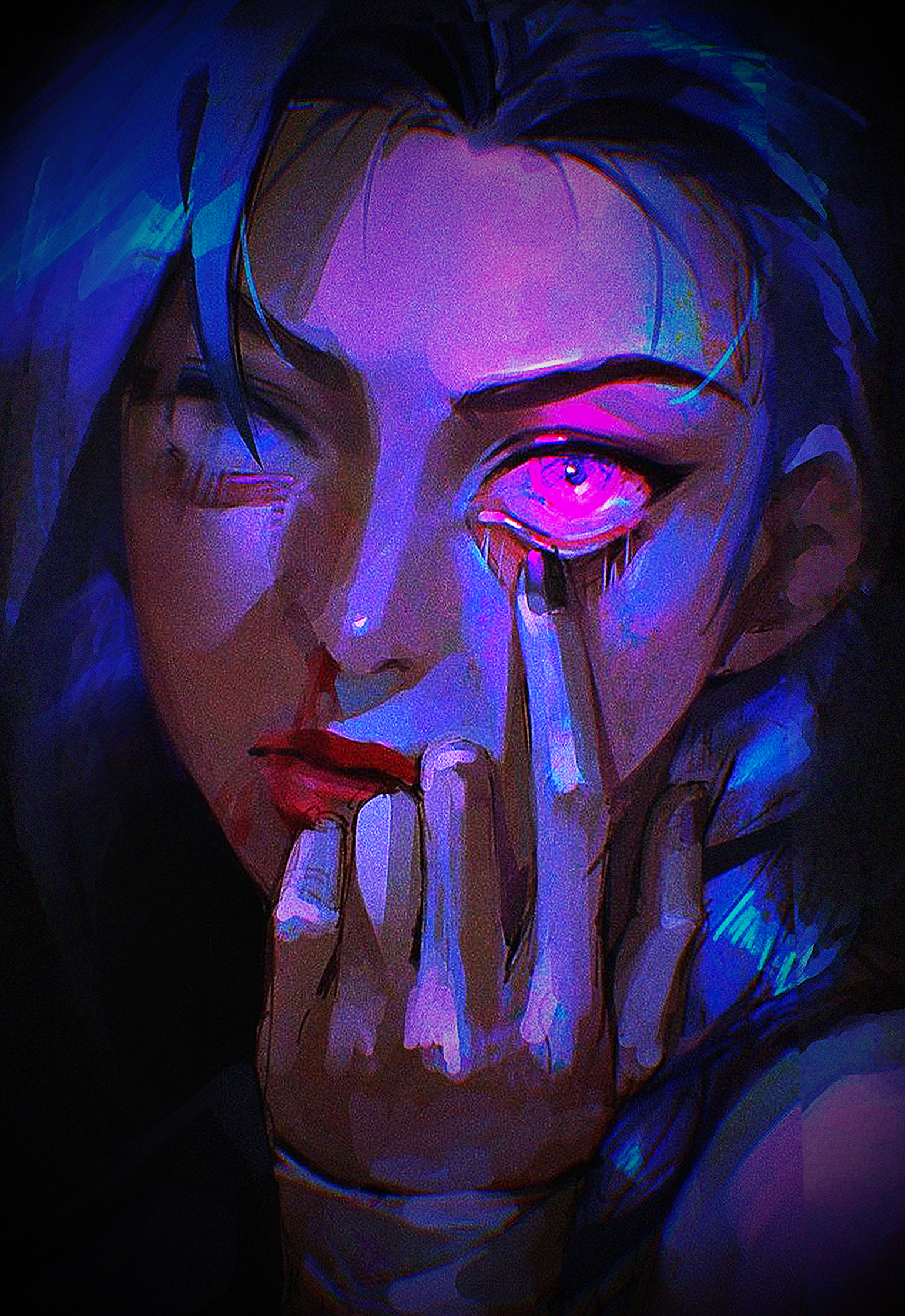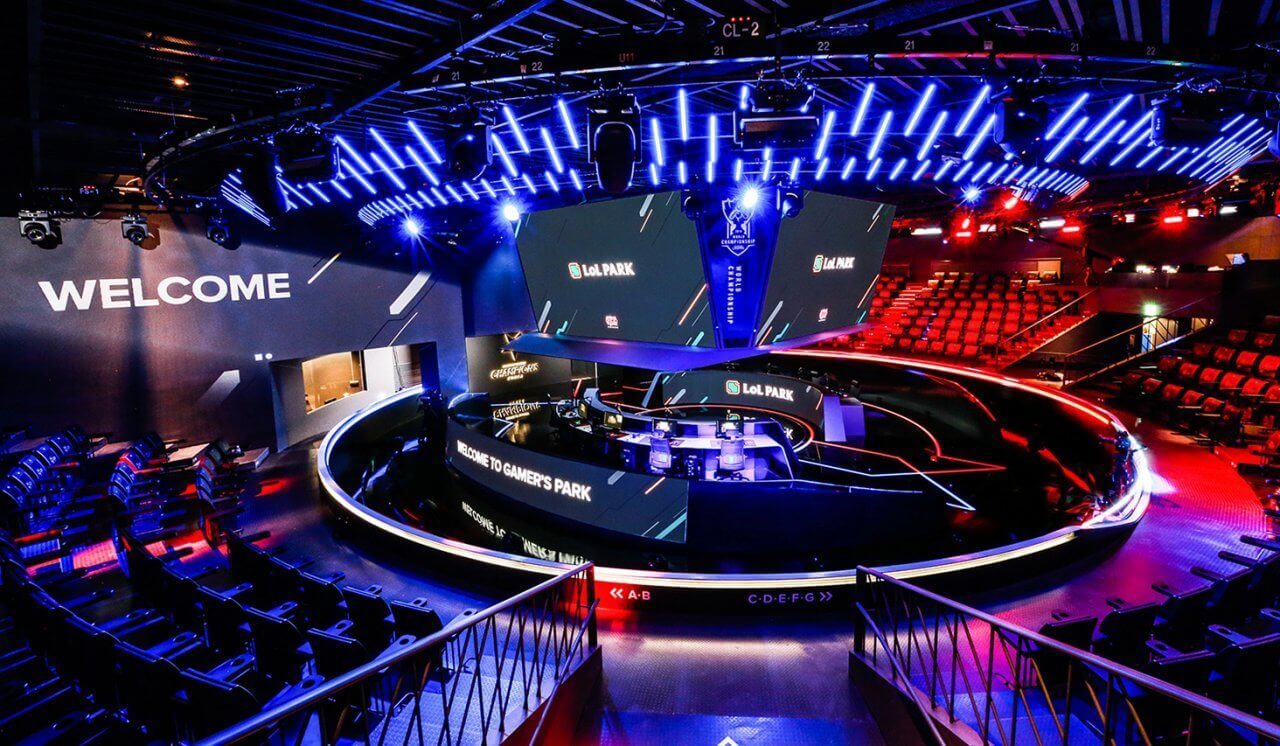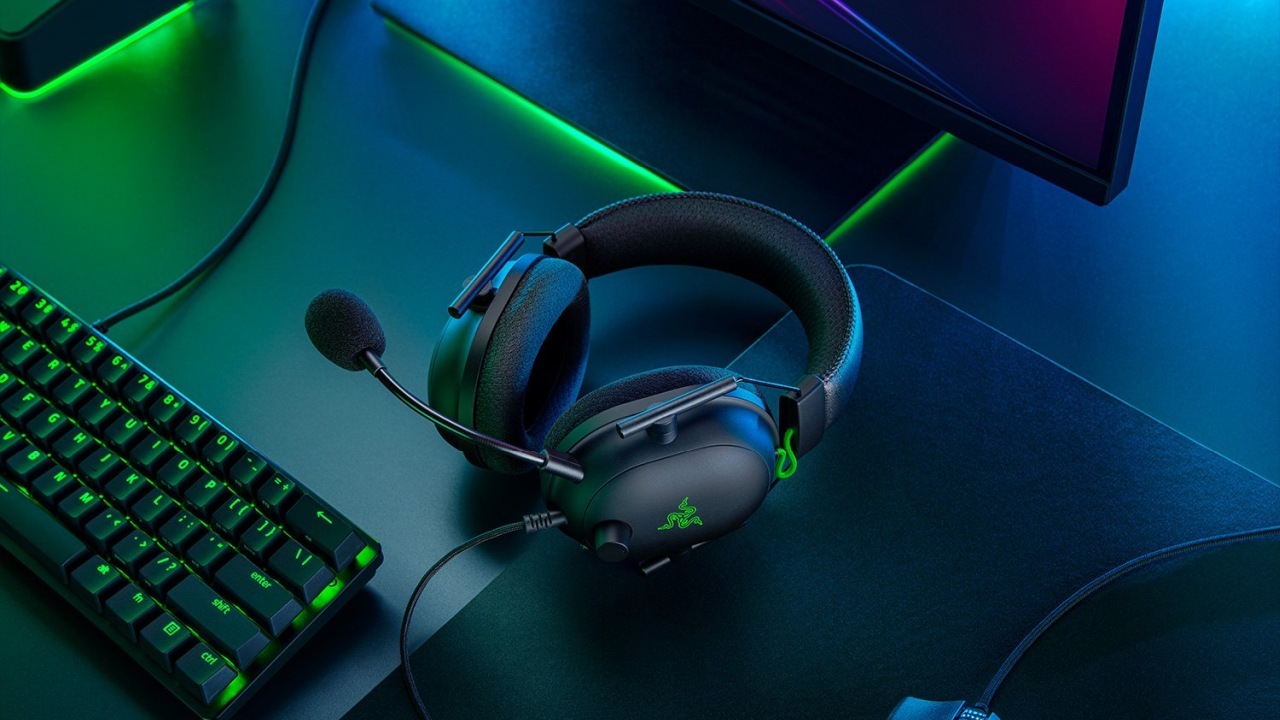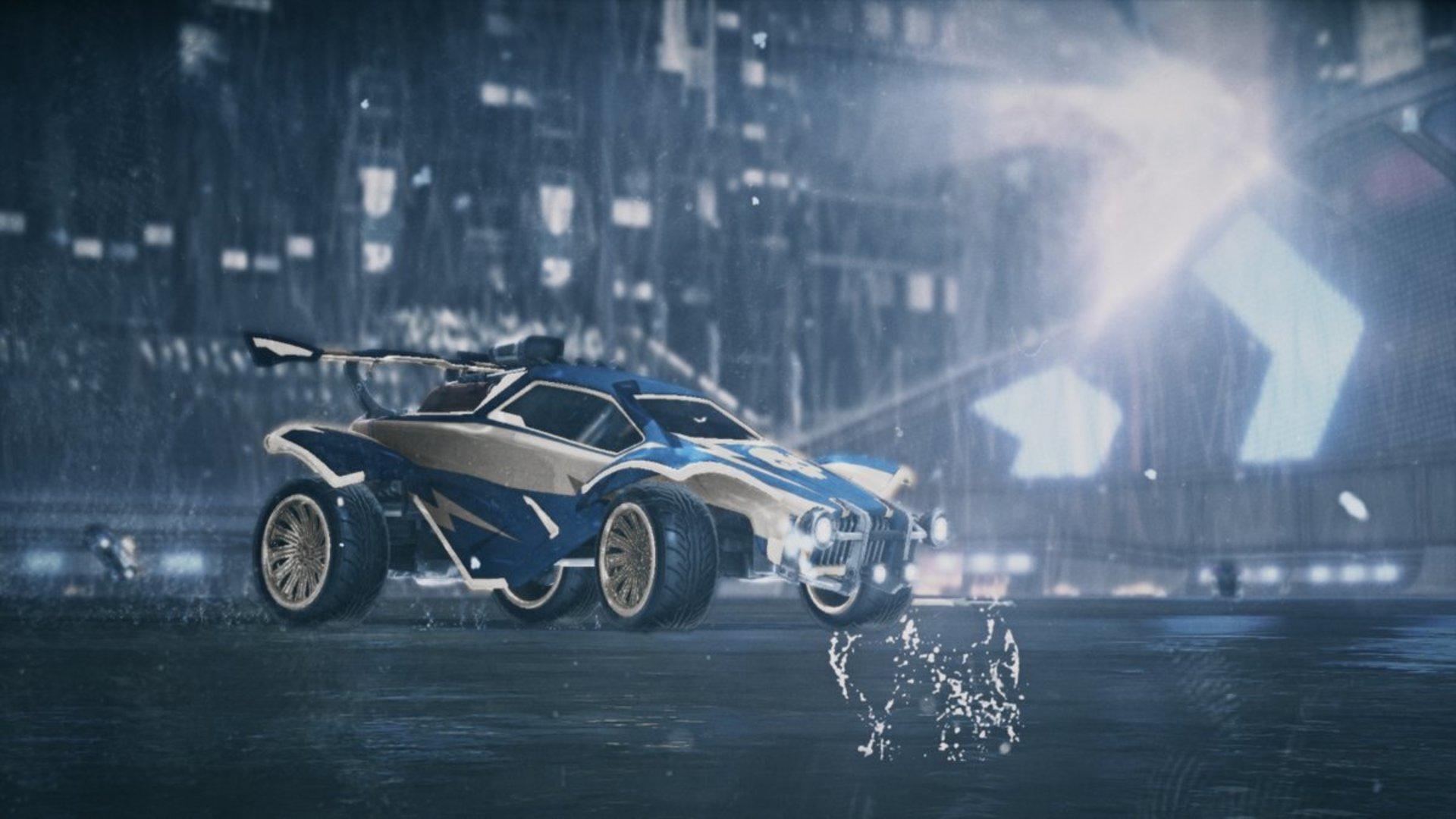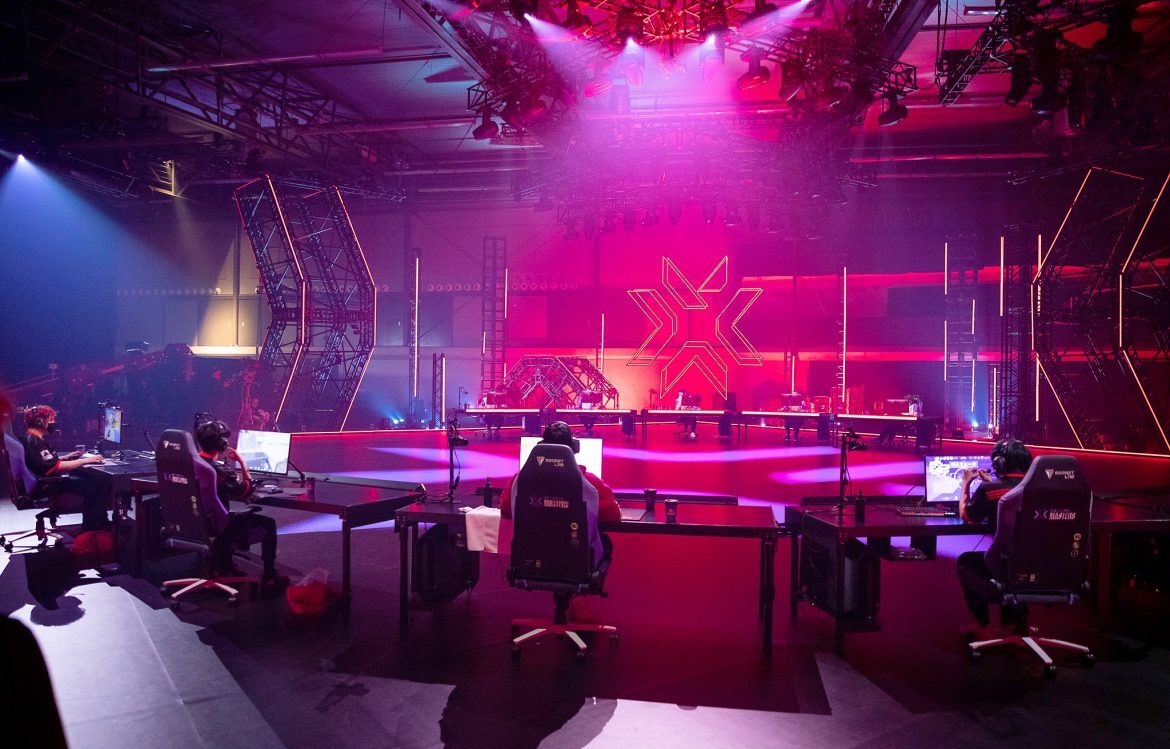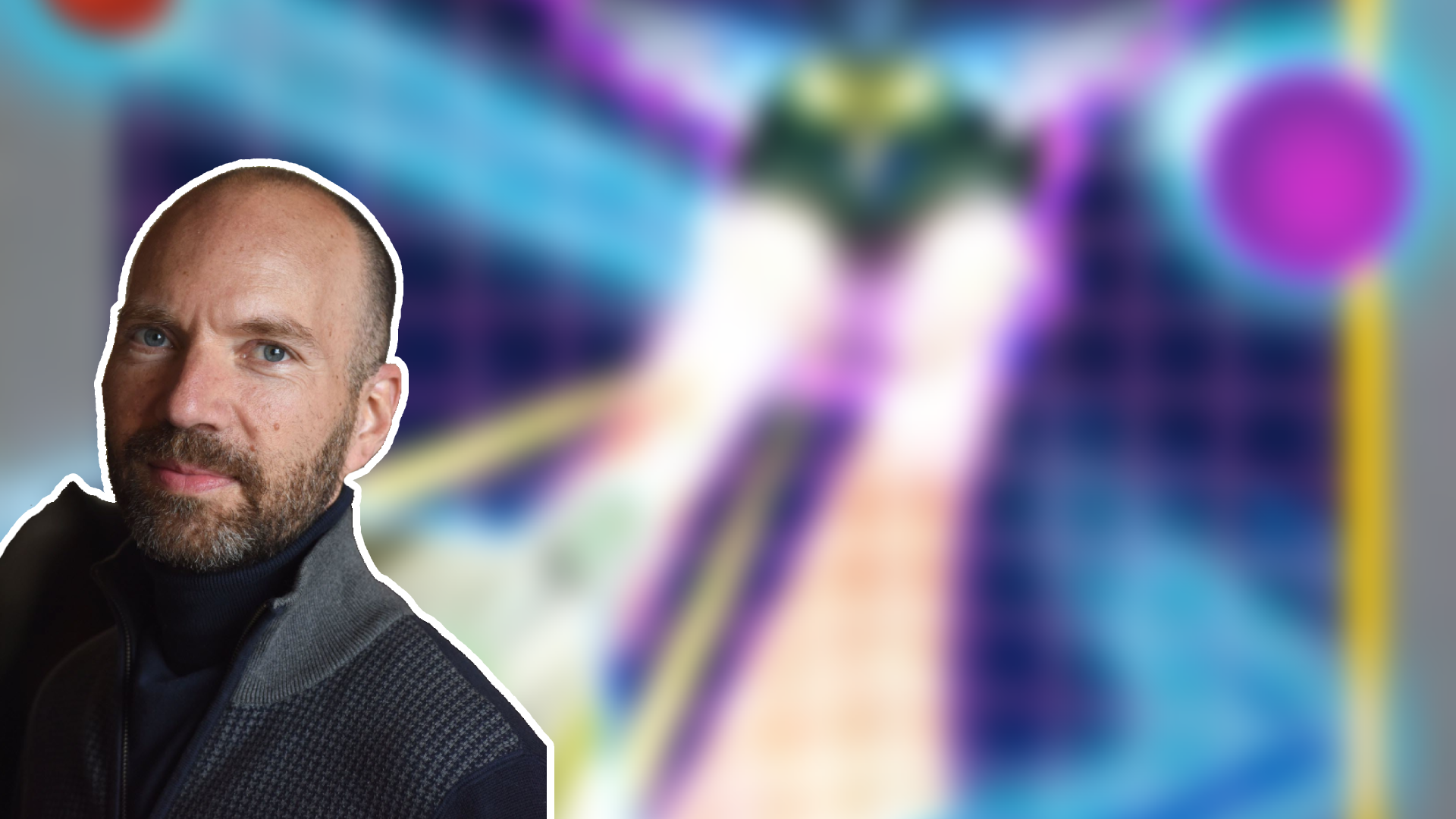Bouncing back from death.
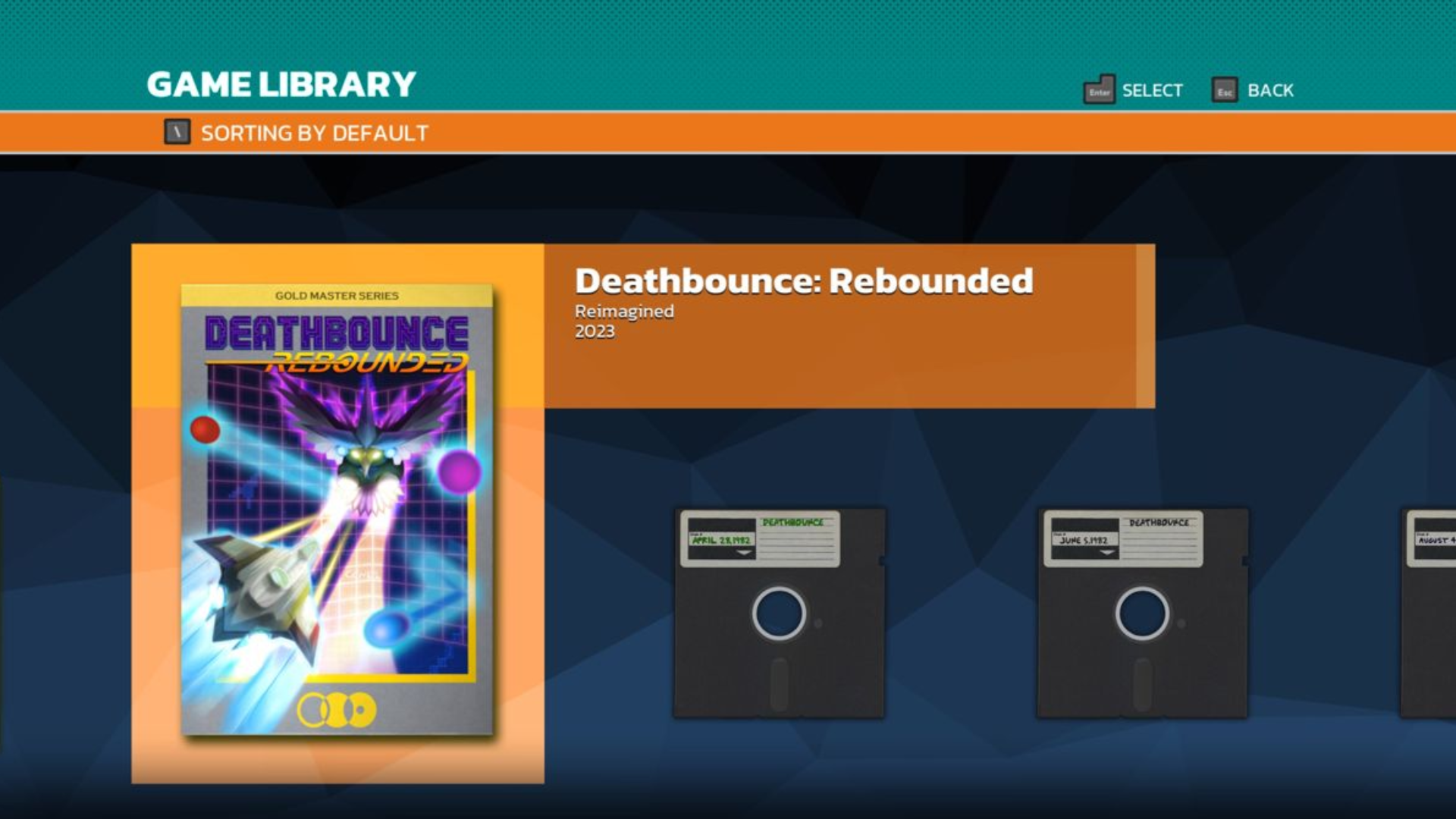
Those familiar with video games, specifically how they are animated, will have undoubtedly heard about US-American game designer Jordan Mechner. Especially the rotoscoping innovations used in his cinematic platformer Prince of Persia (1989) would go on to reshape how visuals could be depicted in interactive media.
His first breakout success was the martial arts game Karateka, published for the Apple II in 1984 by Brøderbund when Mechner was still attending university. Unbeknownst to many, however, he actually finished his first original project even earlier – though it would remain unreleased until 2012.
Rubber Meteors
Mechner's first development projects were 1981's Asteroids clones Asteroid Blaster and its sprite-swap Star Blaster, which he intended to sell through the Hayden Book Company. After initially agreeing, the publisher later didn't want to risk getting sued by Asteroids owner Atari and thus shelved the games. However, Hayden was determined to not let his assets go to waste.
Reusing the engine and some of the sprites, Mechner introduced a closed, wall-bounded playfield instead of open space, where the objects to be destroyed for progress bounce off the walls like a puck on an air-hockey table. Players still control a small triangular space ship capable of rotating and thrusting, equipped with a laser gun and a limited-energy shield. Some versions also have players rush to the exit in a timed self-destruct sequence after clearing all enemies.
Contextualized with a simple plot where individual stages are cars on a "space train" transporting planet-obliterating bombs, the bouncing objects adhere to momentum and rebound physics, with collisions altering direction and speed. Also, waves escalate in difficulty, with some targets requiring multiple shots, spawn timing and placement affecting difficulty, and the small size of the bouncing objects and constant high velocity testing the player's reaction and aim precision.
Publicized Prototypes
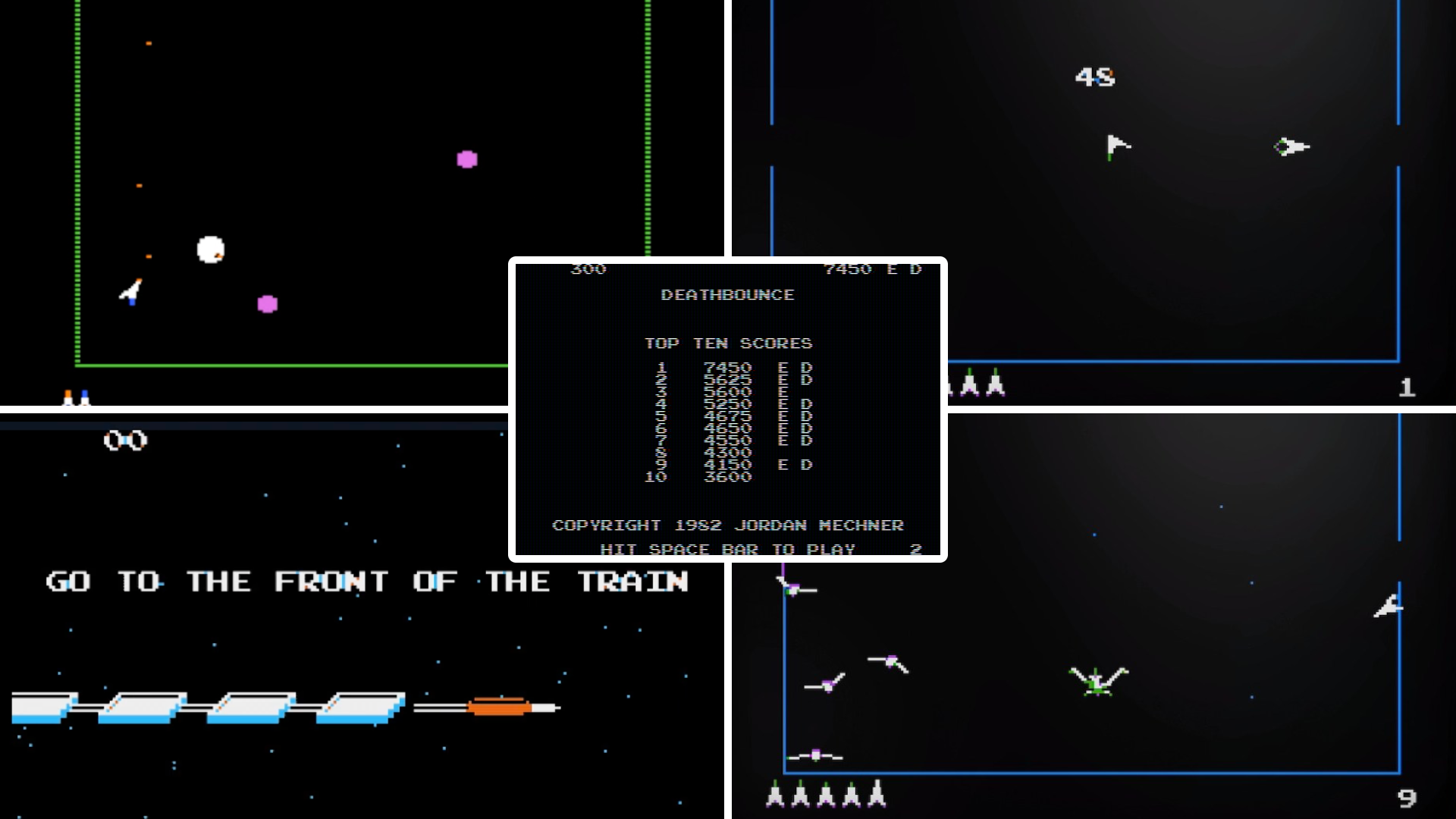
Then-17-year-old Jordan Mechner pitched the nearly-complete title, then named Deathbounce, to Brøderbund in 1982. They, however, declined to publish it, viewing the pitch as out-of-step with where arcade games were heading. According to contemporary accounts, the rejection combined with witnessing more state-of-the-art releases like Choplifter (1982) pushed Mechner to pursue a more original concept, which ultimately became Karateka.
In 2012, Mechner mentioned Deathbounce publicly for the first time during a PAX keynote speech, where audience enthusiasm even sparked offers to back a Kickstarter for an iOS or Android remake. Although that campaign never materialized, Mechner soon posted the original Apple II disk image on his website for free download, giving the prototype its first public release.
Decades later, Deathbounce was fully preserved in Digital Eclipse's 2023 interactive documentary The Making of Karateka, which contextualizes Mechner’s early experiments through playable prototypes and commentary. The collection also included Deathbounce: Rebounded, a modern reimagining built from the original's code; similar to the finished release of Akka Arrh.
Full Circle
The title has been retrospectively characterized by its creator Jordan Mechner and commentators as a technically competent, but ergonomically flawed title. One contemporary observer noted that while it showed ambitious physics and bounce mechanics, the small target size and overly frantic pace made it less fun than Mechner's Asteroids clones.
Deathbounce served as a meaningful stepping stone in Mechner's development, refining the coding, physics simulation, and design techniques that would underpin his breakthrough successes like Karateka and Prince of Persia, who'd not only be published by Brøderbund, but turn into million-selling and merchandise-driving franchises of their own.
In recent years, Mechner has expanded his creative practice into graphic novels, memoirs, and preservation of gaming history, as exemplified by The Making of Karateka. He continues to explore narrative, visual art, and interactive media from his current base in France, occasionally still referring to how his earliest games laid the groundwork for his multifaceted career.
